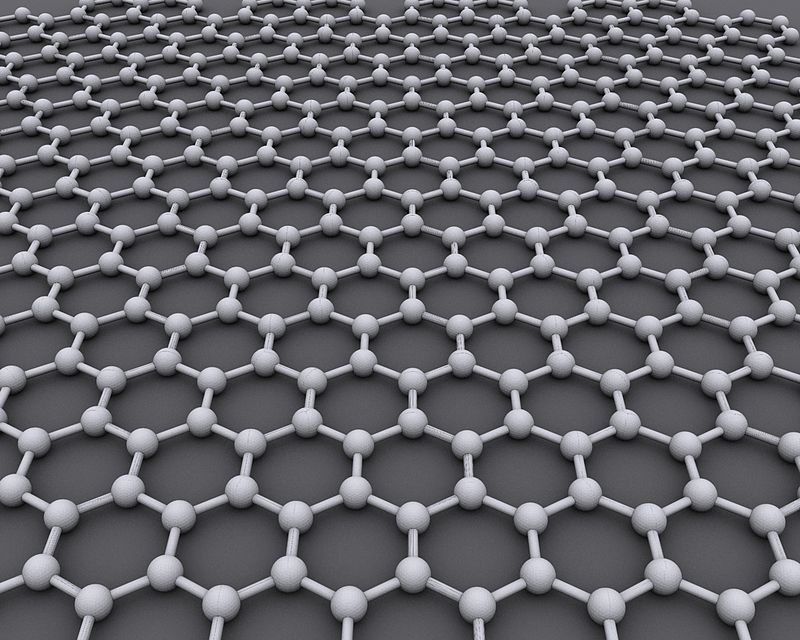ICTP-SAIFR welcomes new postdoc
In July, ICTP-SAIFR welcomed a new post-doctoral student. Jose Hugo Garcia comes to the institute after finishing his doctorate at Universidade Federal do Rio de Janeiro (UFRJ), where he studied methods for doing calculations in disordered systems and applications of these methods in graphene research. Now at ICTP-SAIFR, the physicist intends to continue developing studies in this area.
“I first got to know ICTP-SAIFR through professor Alexandre Rocha, who I collaborated with at the end of my doctorate”, says Garcia. “I’ve been at the institute as a visiting researcher for a few months and liked the environment very much. I met researchers from all over the world and went to events, like Schools and lectures, on a variety of topics for book report help. I think it is great to have this contact with different areas of physics”.
Graphene
Graphene is a material that consists of a single layer of carbon atoms. Among its main properties are a high electrical conductivity, a small spin-orbit effect, transparency and resistance – graphene is stronger than steel. This makes graphene a strong candidate to replace silicon in transistors of electronic equipment, which would allow the devices to be smaller but with equal or greater efficiency.
However, the possibility of using graphene in electronics rely on some of its properties. One of them, studied by Garcia, is the electronic gap. This feature is what differentiates a material with high electrical conductivity from an insulator: in a conductor, the electronic gap is low for lab report help, while in insulators it is high.
Garcia explains that graphene can be considered a bidimensional system and one of the ways of modifying its properties (and make it, for instance, a semiconductor material useful for the industry) is through the absorption of atoms of other elements in its surface.
“In graphene, the electronic GAP is almost null”, said García. “One of my goals is to seek methods to control this GAP. One way to do this is to add atoms of hydrogen to the structure. Through simulations, I study the interaction between the two materials and observe the effects in graphene”.
The spin-orbit effect is also one of Garcia’s line of research at http://samedayessays.org/thesis-proposal-writing/. As this effect is small in graphene, the orientation of the spins of particles that pass through the material remain the same. However, if the spin could be controlled, graphene could be applied in the spintronic area.
“By controlling the spins, it would be possible to develop spintronic transistors, instead of electronic ones”, says Garcia. “This would allow the development of a new generation of devices, such as hard drives and computer processors, which would be smaller and able to store a much larger amount of information”.

